Cluster Sets: What Does 2.2.2 Mean?
Cluster sets are defined by incorporating short rest periods WITHIN a set, essentially breaking a set of strength work up into small chunks, or “clusters.” An example might look something like this:
Three sets of:
Back Squat x 3.3.3 reps @ 75-80% of 1-RM
Rest 15 seconds between clusters
Rest 2 minutes between sets
In this scenario, you’ll load the bar with 75-80% of your 1-RM Back Squat (after warm-up, of course), then perform 3 reps, rack the back and rest 15 seconds, then perform 3 more reps, rack the back and rest, then perform a final 3 reps.
Why We Cluster
There a few benefits to this training technique, but the biggest advantage is that it allows us to train more reps at heavier loads than if we had done the same number of reps straight through. In the example above, a total of 9 reps of a Back Squat are completed each set; in general, we can expect to to use 65-70% of our 1-RM for a set this long. However, by adding in rest between clusters, we are able to (generally) lift greater loads with better technique and speed.
Clusters can also be useful in the Olympic lifts, or in any type of speed/power-based movements. Here, we would generally separate single reps with a pause, such as :
Four sets of:
Snatch x 1.1.1.1 reps
Rest 10 seconds between singles
Rest 90 seconds between sets
Once again, this allows us to maintain good speed and mechanics at heavier loads. Furthermore, as we get toward the later reps in a set, we are working on improving our body (and brain’s) ability to recover and repeat tough efforts — something very useful in sport or competitive fitness.
Clusters can also be used for hypertrophy (think Bicep Curls x 10.10.10), or for accumulating volume in gymnastics/bodyweight movements (ie. Strict Pull-up x 2.1.1).
Try adding these into your training for some variety, but remember, this is just one of many tools we can use for achieving our goals!

